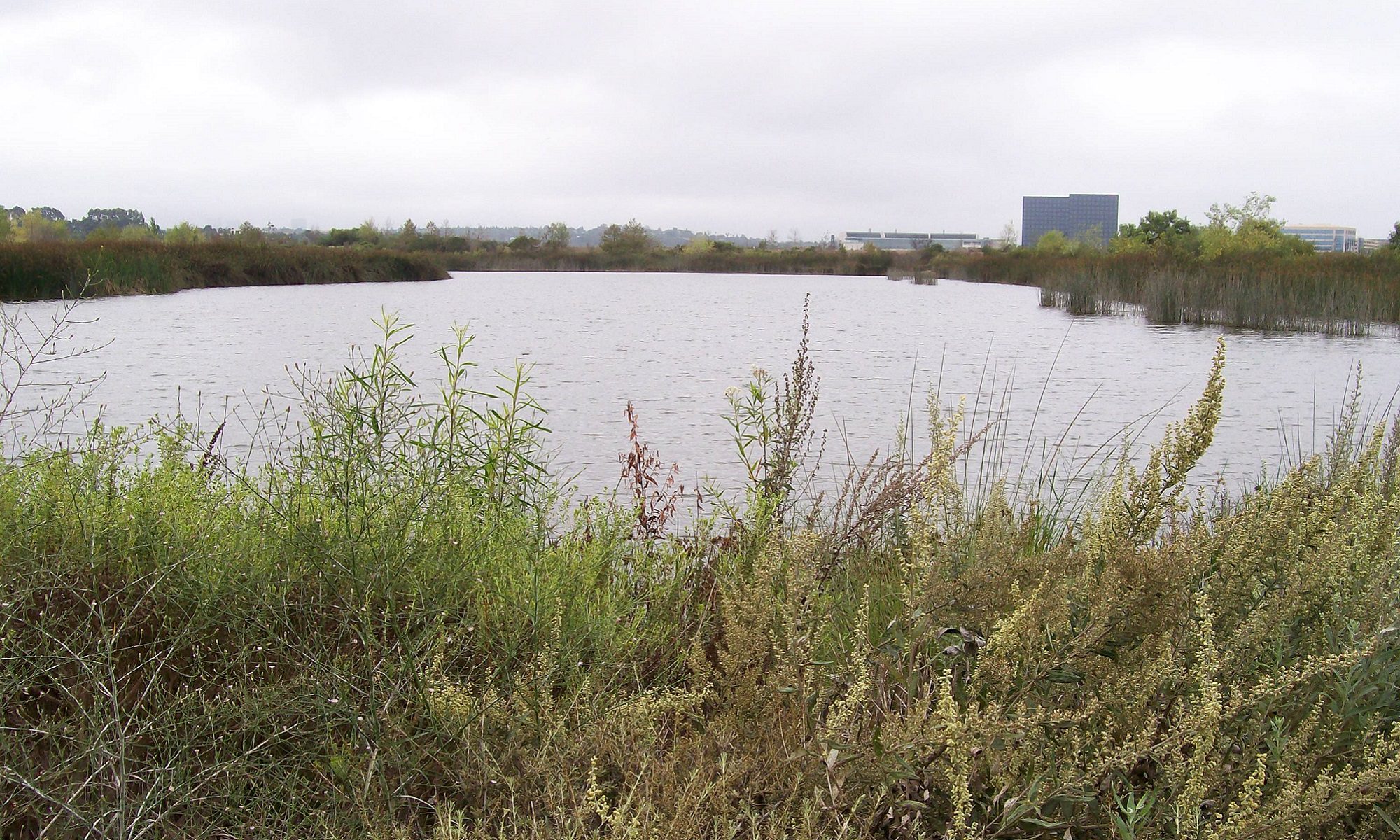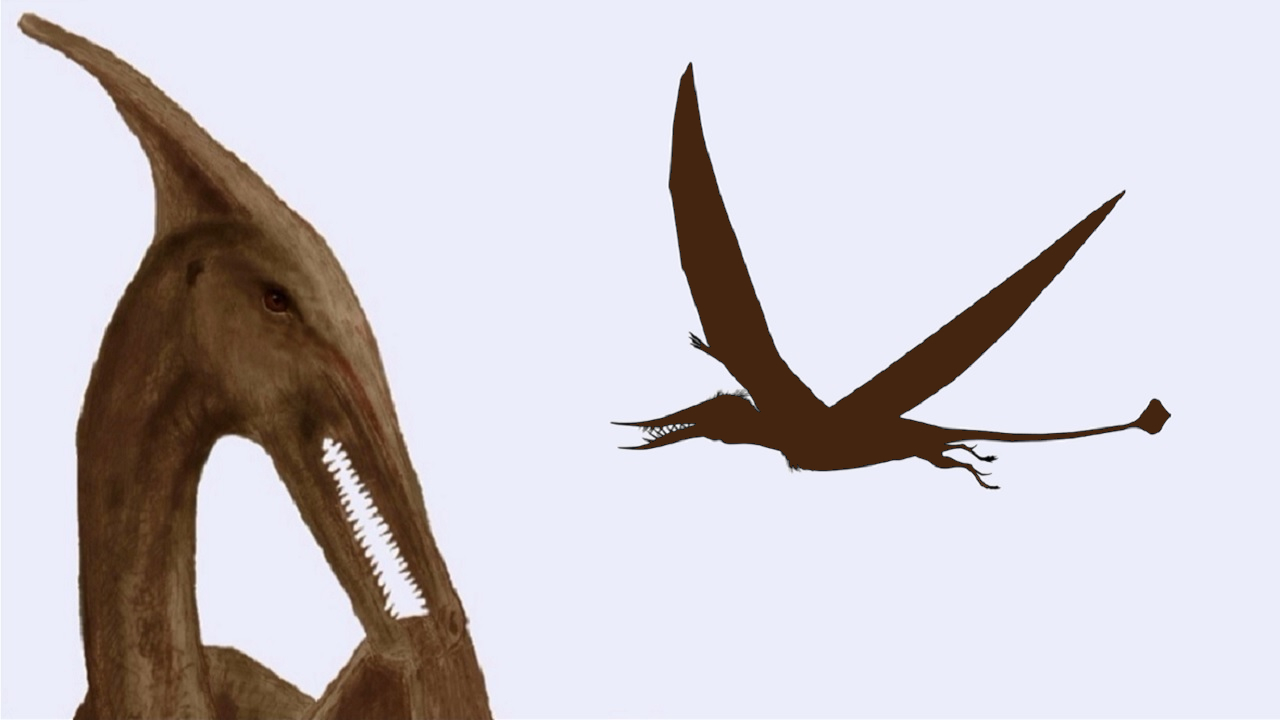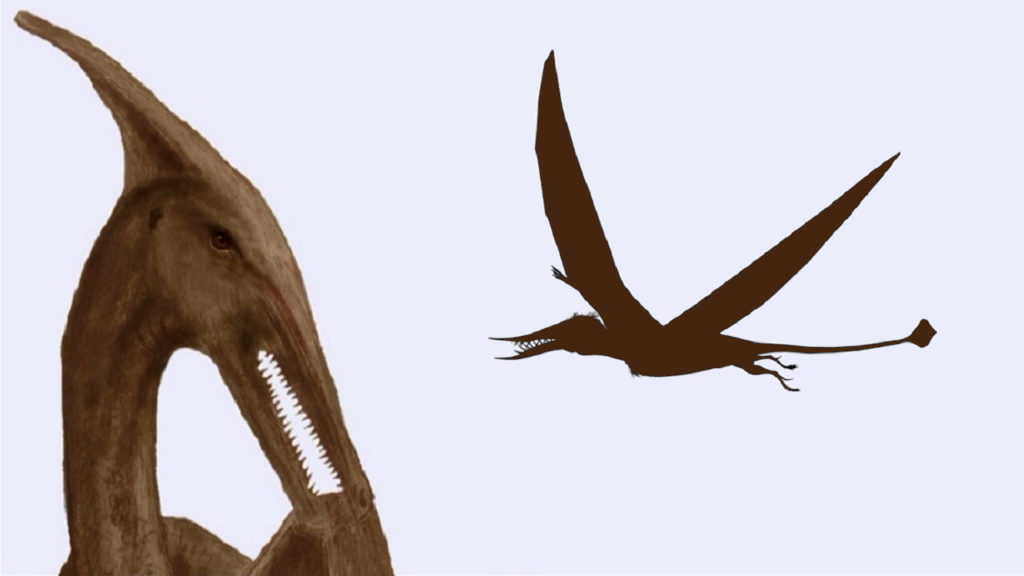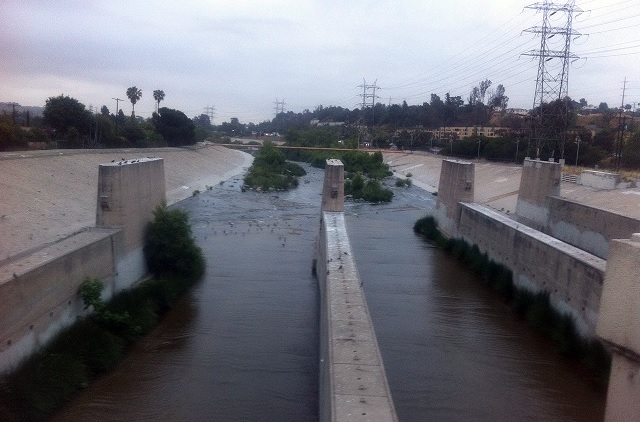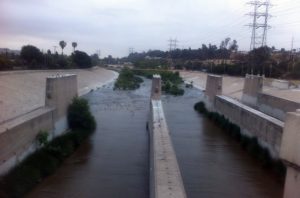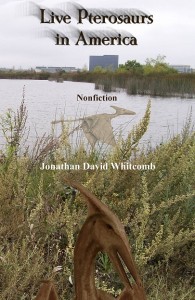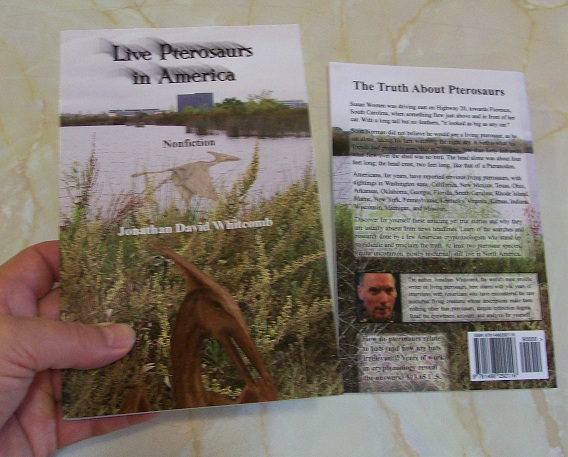By Jonathan D. Whitcomb
Have you seen an apparent modern pterosaur, also known commonly as a “flying dinosaur”? Contact Whitcomb to report the encounter (this also applies if you just know somebody who has seen such a flying creature).
Youtube has more than 37 million channels, and the one with the most videos on sightings of modern pterosaurs appears to be Protect Animal Life. As of January 6, 2021, of the 113 videos on this channel, 111 of them were about these amazing featherless flying creatures.
In December of 2020, another video was uploaded to this channel: “Pterodactyl Sightings in North America”. Within a week or so, the number of views passed the one-thousand mark, making it very popular for a recently-uploaded video on this channel.
It begins with a sighting report from a small village south of Puerto Vallarta, Mexico, and the flying creature was enormous.
.
Thumbnail for “Pterodactyl Sightings in North America”
###
.
The number-one Youtube channel on modern “pterodactyls” appears to be Protect Animal Life (PAL), and the following is but a small sampling of its videos on these astonishing flying creatures
.
In the blog Live Pterosaur we can find this:
These weird disappearances are not confined to Yosemite, nor even to the United States. Several factors do seem to tie together cases that are separated by long distances and sometimes separated by decades. To understand what may be happening in Yosemite National Park, we need to see in a broader sense. Look to Canada and to Mexico.
.
Press release on sightings of pterodactyls
A nonfiction-cryptozoology author has analyzed eyewitness accounts of apparent non-extinct pterosaurs, commonly called “pterodactyls” or “flying dinosaurs,” and found that several states in the USA stand out, including Utah.
.
[a nonfiction cryptozoology book] Some of the benefits for the young reader:
1) Is understandable yet stimulating for kids and teens of about 8-14 years old
2) Tells you not WHAT to think, like many other nonfictions, but HOW to think about possibilities
3) By a positive example, invites you to use critical thinking
4) Opens up an exciting new world: persons have seen an apparent living pterosaur
5) Uses sketches, photos, and other images to make things clear
6) Does not indoctrinate but gives you details on what people have seen flying overhead
7) Allows you to come to your own conclusions in this short non-fiction
8) Gives the young reader three of the most important interpretations possible for a sighting
9) Explains the benefits of believing someone who may be telling the truth
10) Compares one sighting report with one or more others, yet it allows you to believe what you will
.
Many Youtube videos related to non-extinct pterosaurs (a.k.a. “pterodactyls”) in the United States of America: real eyewitness accounts of these flying creatures seen in many areas.
.
Shocking Flying Creatures with no Feathers
Youtube video on modern pterosaurs in Papua New Guinea, Cuba, and in the United States (including encounters in California, Arizona, Texas, and Arkansas.
.
